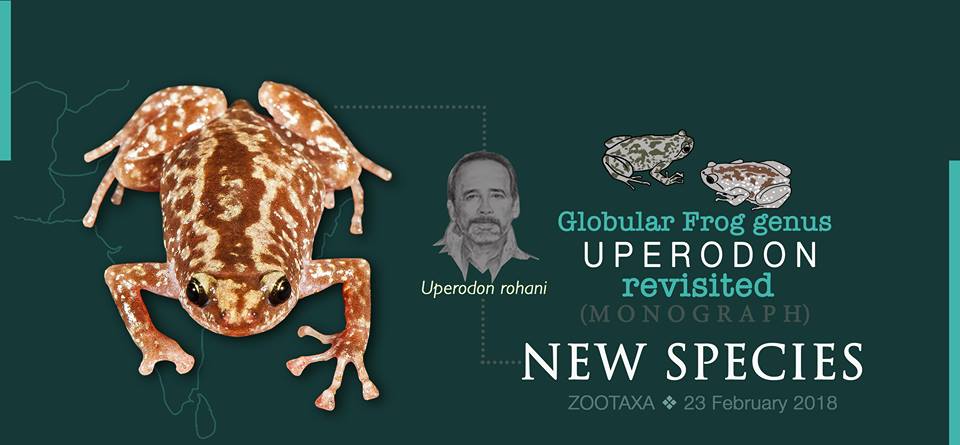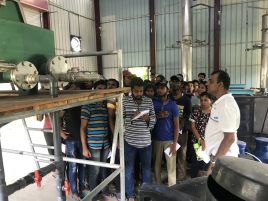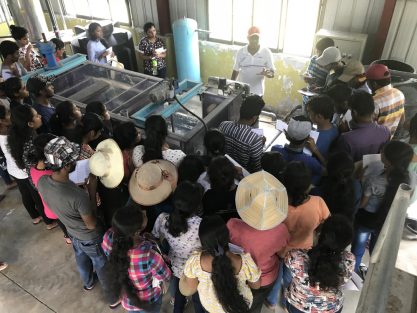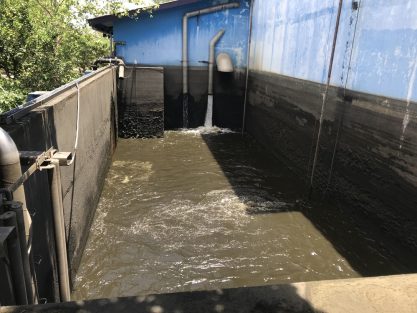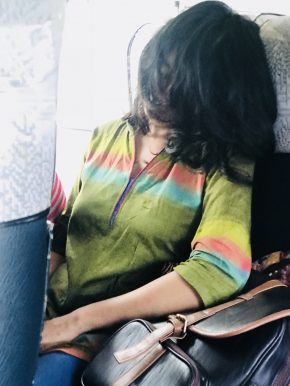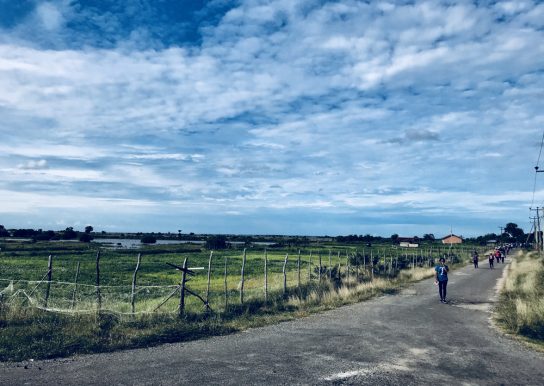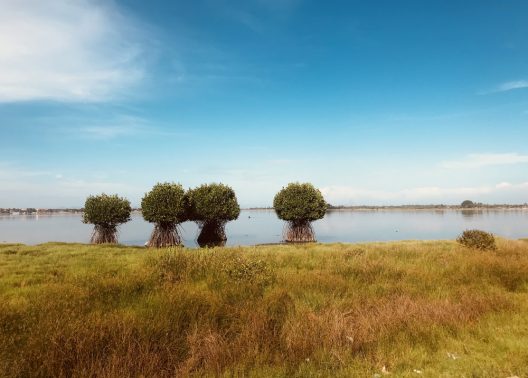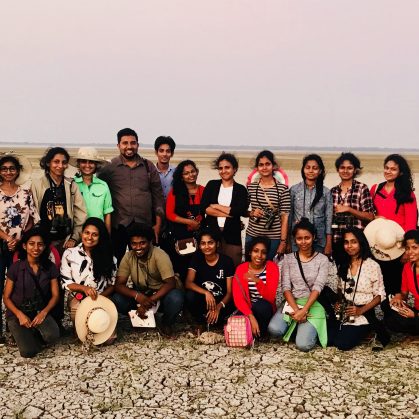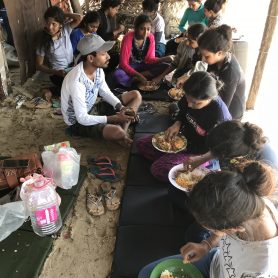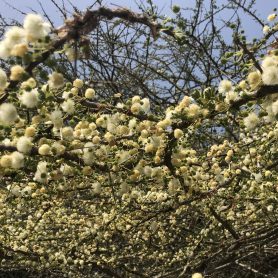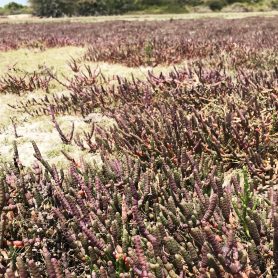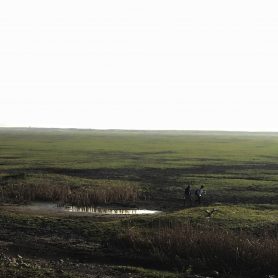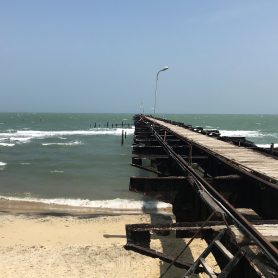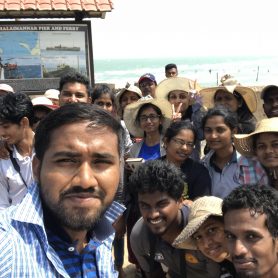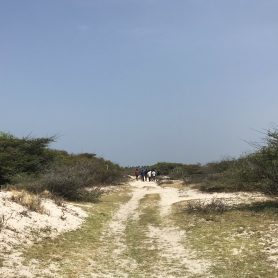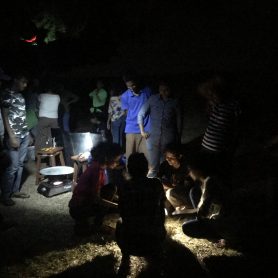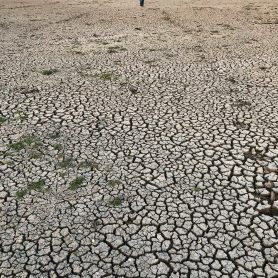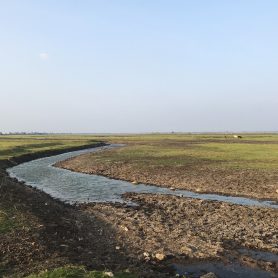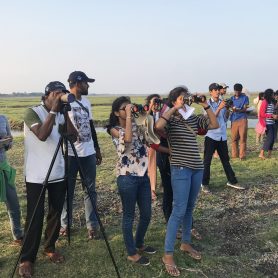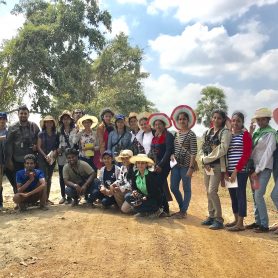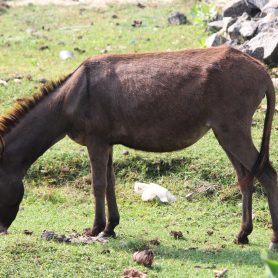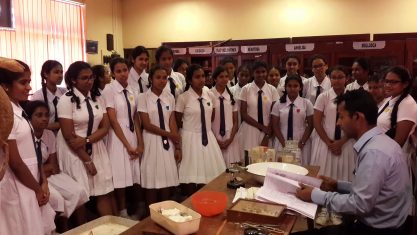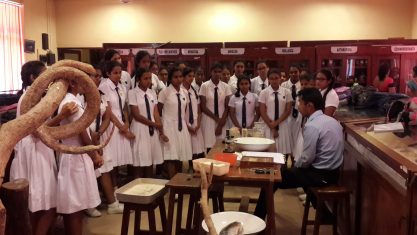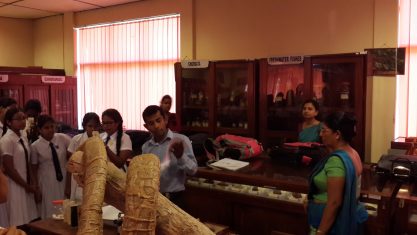Authors: Sonali Garg, Gayani Senevirathne, Nayana Wijayathilaka, Samadhan Phuge, Kaushik Deuti, Kelum Manamendra-Arachchi, Madhava Meegaskumbura, SD Biju
Journal: Zootaxa
Based on a recent molecular phylogenetic study, the South Asian microhylid genus Uperodon (subfamily Microhylinae) currently comprises of 12 valid species that are largely restricted to India and Sri Lanka. Considering the revised generic-level status of its various members, here we review the taxonomy of all known species in this genus and clarify their nomenclatural status and geographical distribution, by integrating evidence from genetics, adult and tadpole morphology, breeding ecology, and bioacoustics. Our molecular analyses of a mitochondrial 16S rRNA gene fragment combined with external and internal morphological studies also revealed a distinct new species in the genus. This species, formally described as Uperodon rohani sp. nov., is endemic to Sri Lanka and widely distributed at lower elevations in the island. For nomenclatural stability of various previously known members, the following actions are also undertaken: (1) redescription of the poorly-defined species Ramanella anamalaiensis Rao (= Uperodon anamalaiensis) and Hylaedactylus montanus Jerdon (= Uperodon montanus); (2) neotype designation for Ramanella anamalaiensis Rao (= Uperodon anamalaiensis), Ramanella minor Rao, Ramanella mormorata Rao (= Uperodon mormorata), and Ramanella triangularis rufeventrisRao; (3) lectotype designation for Callula variegata Stoliczka (= Uperodon variegatus); and (4) synonymization of Ramanella minor Rao with Uperodon anamalaiensis.
Read More >>
